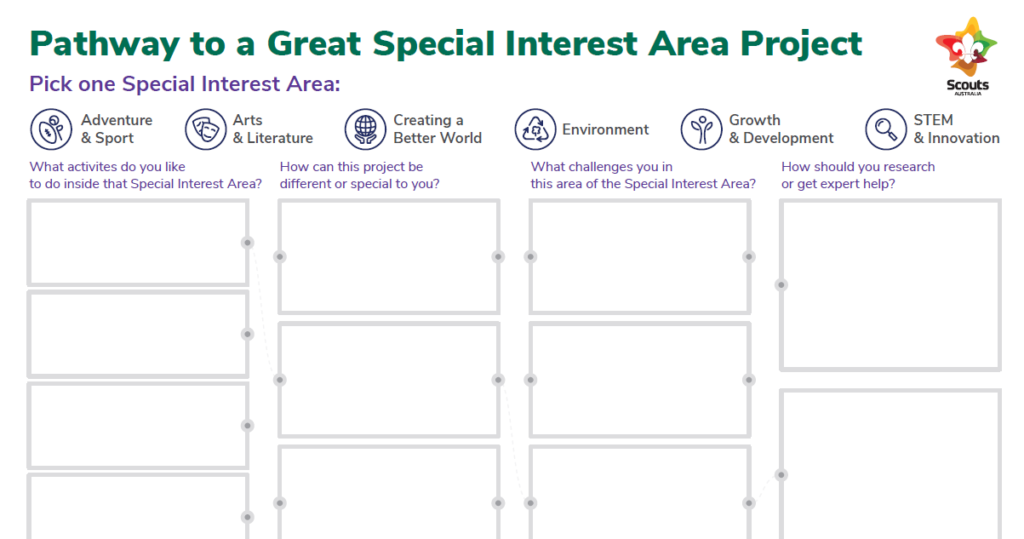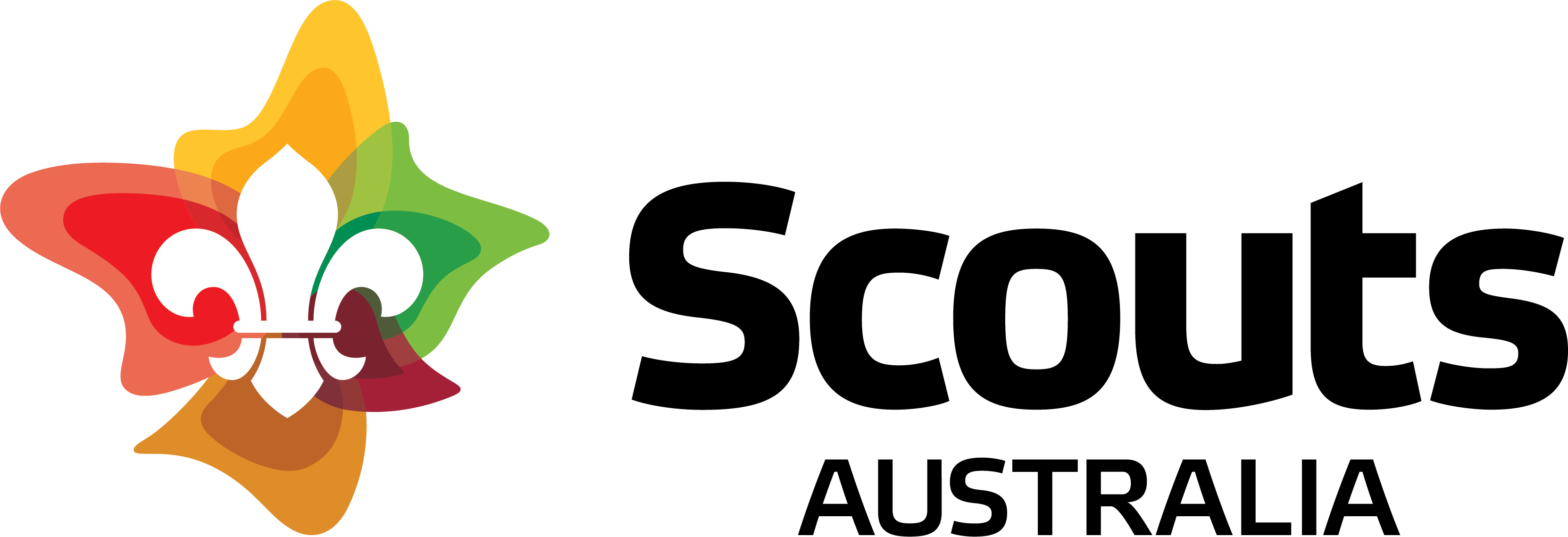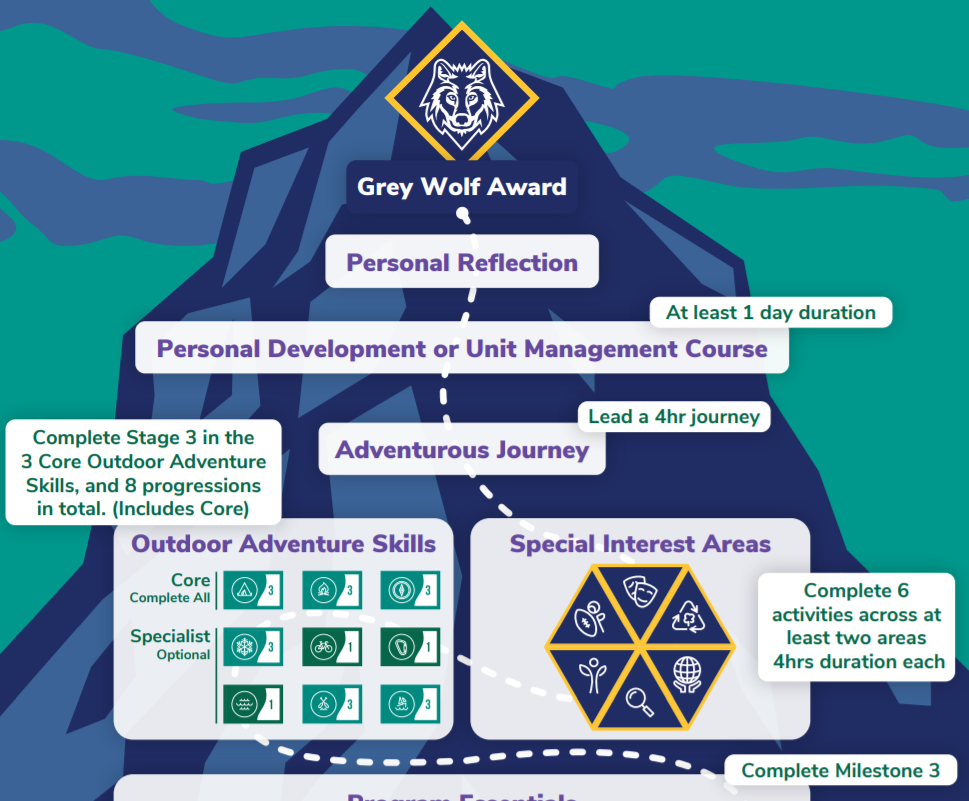Finally released is the new uniform diagram showing the layout of badges on youth members’ uniforms. This replaces all other versions, although there is plenty of time to transition. You can find the new diagram under the Group Support tab on the Other Resources page.
Direct download from this link.
In order to better organise badges in a logical way, to enhance the visual appeal of the uniform celebrating the individual achievements of each Scout, and to better align space on the uniform shirt for youth members of all ages, we undertook a review of the entire uniform layout and badge designs, based on the program’s symbolic framework of one program, one journey.
There was also a very strong desire from the Scouting community to enable all peak awards a Scout has achieved, to be worn on the uniform at once. This also created a need for a redesign of the overall badge design and uniform layout.
This new layout can be implemented over the following three years or so. It would make sense to allow Scouts to start using it once they have progressed to the next section, or earlier if they prefer. New members should go straight to this layout. In other words, there is no need for Scouts to change the layout that they currently have on their uniform until they move to the next section.
Along with the new layout are redesigns of the Additional Award badges, the Unit Leader badge, the Patrol Leader and Assistant Patrol Leader scarf slides (patrol member role identifiers), and the patrol identity scarf slider. New designs are now becoming available for purchase from the national Scout Shop, or from your Branch’s supplier.
You will notice that the uniform layout is organised into three themed panels:
- Right Sleeve – My Identity – recognises where you do most of your Scouting, and the additional awards you have achieved.
- Left Sleeve – My Journey – celebrates and recognises your growth across the Achievement Pathways, mainly Outdoor Adventure Skills, Special Interest Areas, and your peak awards.
- Front Panels and Scarf – My Involvement – recognises your active involvement in the program, including the Program Essentials Milestones, major events, patrol identification, and your formal leadership roles.
The National Operations Committee approved the new layout and badge designs earlier this year.


